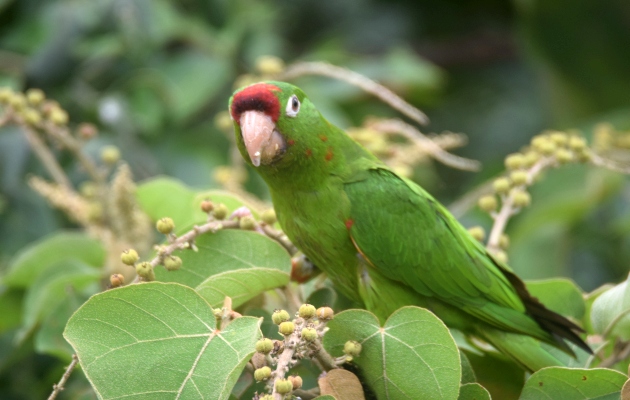
Every place has its common birds, the species that do very well in a given habitat. As we like to say, these are species that are “hard to miss”, birds that, if you are watching, will be seen. Some common birds take ease of being seen one step further, kick their visual presence up a notch by being noticeable to the non-birder. In being wonderfully obvious, such birds become avian ambassadors, special “signature” species with the potential to raise bird awareness, to reconnect crucial links between people and the nature that surrounds them, with the ecosystems they partake in.
As one might expect, signature birds take many forms. In northern habitats, they could be Common Ravens, geese, or chickadees. Bird in southern Asia and there are mynas and magpie-robins. In most places, the number of birds makes it a challenge to pick just one signature species, Costa Rica included. Our national bird, the Clay-colored Thrush, is indeed very common, some places have toucans calling from the treetops, and the screaming colors and shouts of Scarlet Macaws eaisly dominate any avian scene. However, there are a few standouts, birds that are hard to ignore no matter where you go birding. In Costa Rica, one such bird is the Crimson-fronted Parakeet.
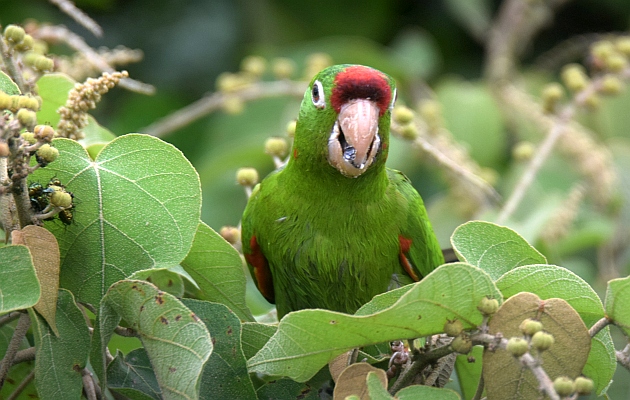
Also known as the Finch’s Conure, this bright green bird with red and yellow highlights is common in many parts of the country. Although it might not occur in the high elevations nor so much in dry forest, you would be hard pressed to not see this long-tailed bird in other places. Birding in a local park? Crimson-fronteds fly into view. Looking for parrots at sites with rainforest? Don’t be surprised to see flocks of this parakeet flashing onto the scene. What about urban sites? Watch the buildings, keep an eye on tall trees, this species has become adapted to breeding on ledges and living in cities.
Historically, this was a bird of riverine habitats and other natural edge space. In modern times, the Crimson-fronted Parakeet still lives in such places but also does very well in patchy forest and green space with large flowering trees. In a nutshell, that’s a lot of Costa Rica, that’s a lot of Crimson-fronted Parakeets.
Go birding in Costa Rica and you’ll probably see flocks flying overhead, first day of the trip. You’ll probably hear them first, like so many others of their family, they aren’t shy about making some noise. However, also like other Psittacines, this parakeet quiets down when foraging. When they fly into a tree, their green plumage helps them disappear. Check tall flowering trees and you might see one perched on top. That bird is the lookout, the bird doing guard duty. Take a closer look and you will probably see some leaves in motion, leaves that become parakeets carefully moving through the foliage as they feed on flowers, fruits, and seeds.
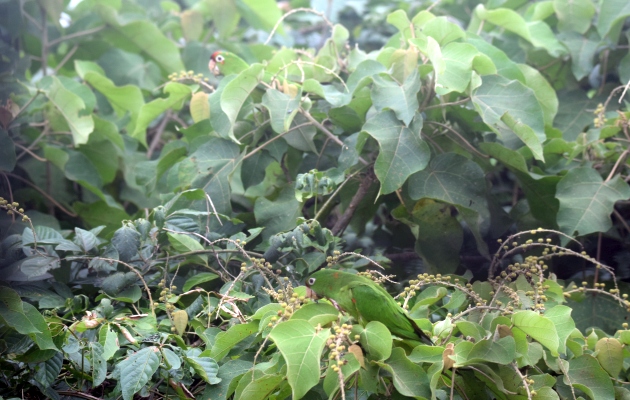
Heck this is such a signature species, you’ll probably see them before you actually go birding. Arrive at the airport near San Jose in the day and you could easily see them fly overhead. Stay at hotels near the airport and you won’t help but notice the screeching din these parakeets make. As if in defiance of the dominant human presence, they roost in large palm trees, even in urban parks and along noisy, busy roads.
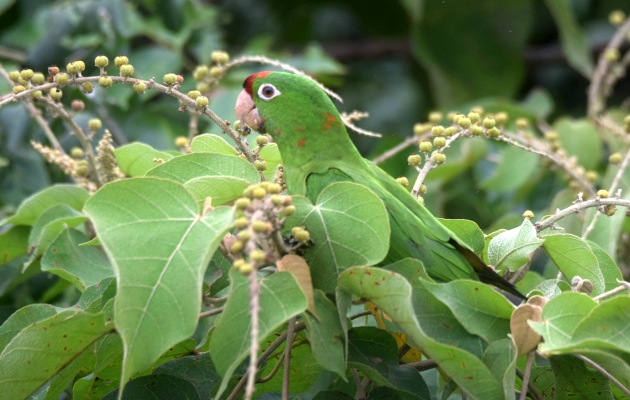
As with other signature species, the Crimson-fronted Parakeet is one bird you hardly need to search for, at least in Costa Rica. Enjoy the views and don’t hesitate to point out these beautiful exotic birds to others, the more people that get on board with birding, the better this world will be.


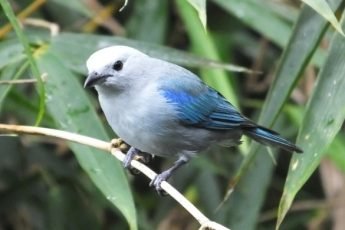
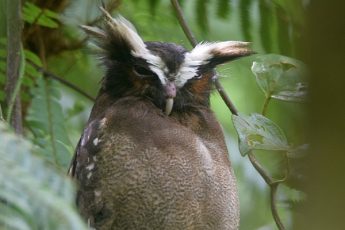

 New writers welcome – please contact us for details.
New writers welcome – please contact us for details.

















Leave a Comment